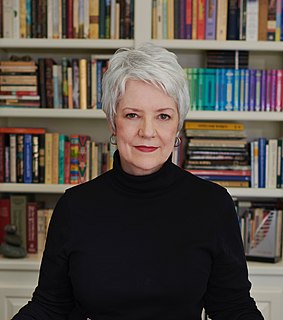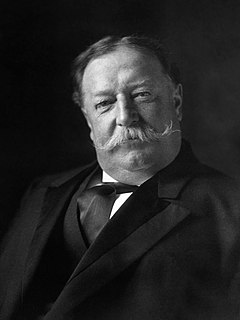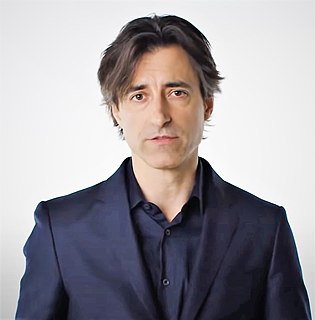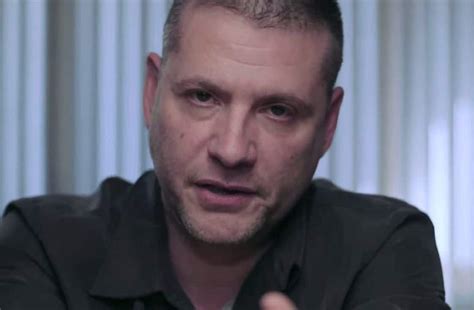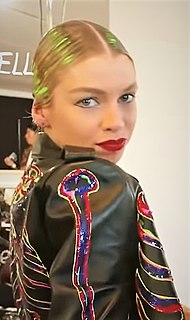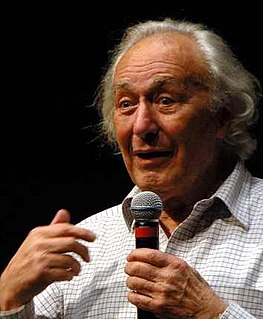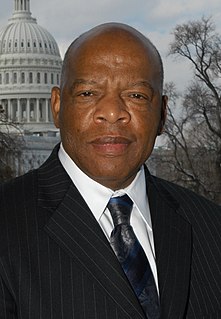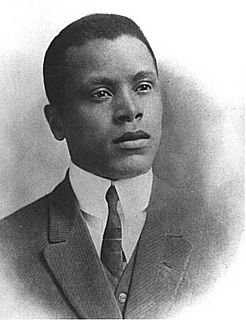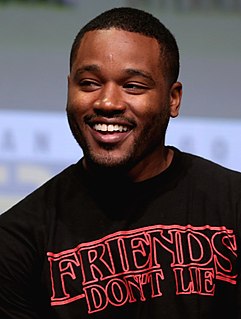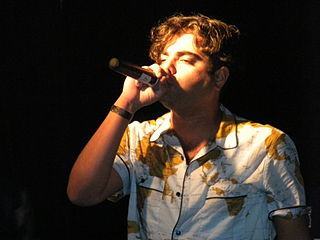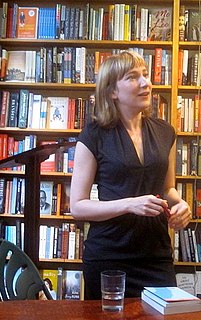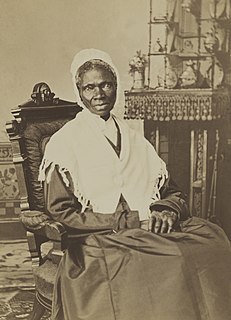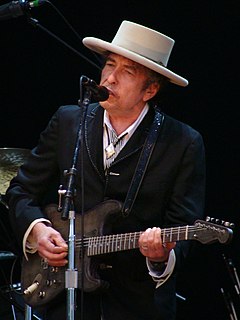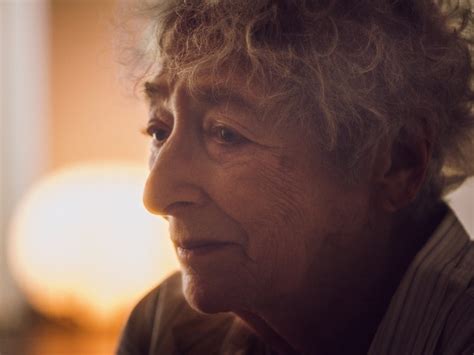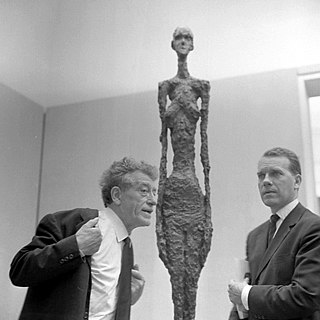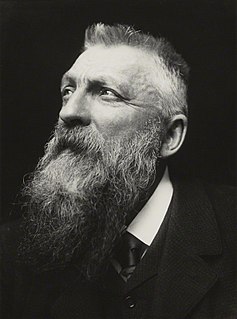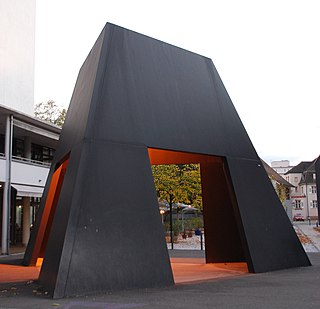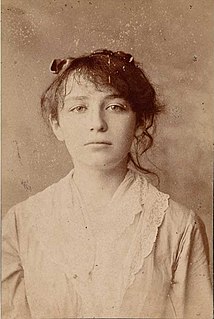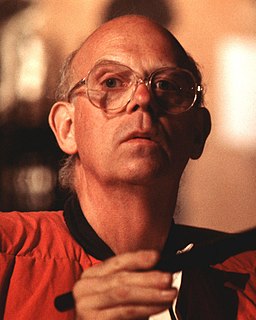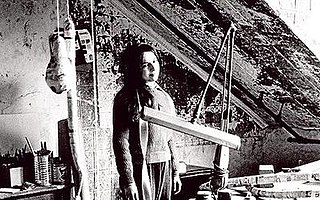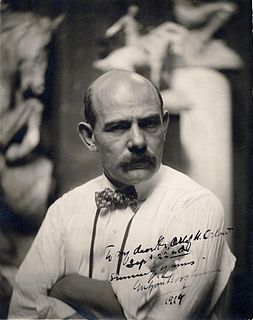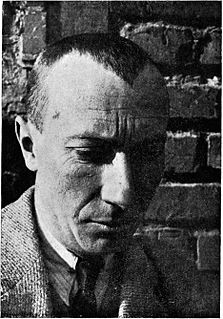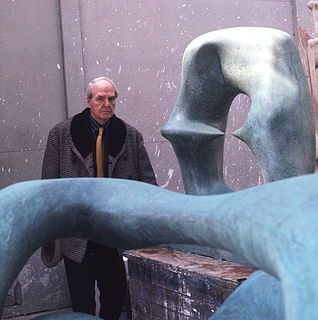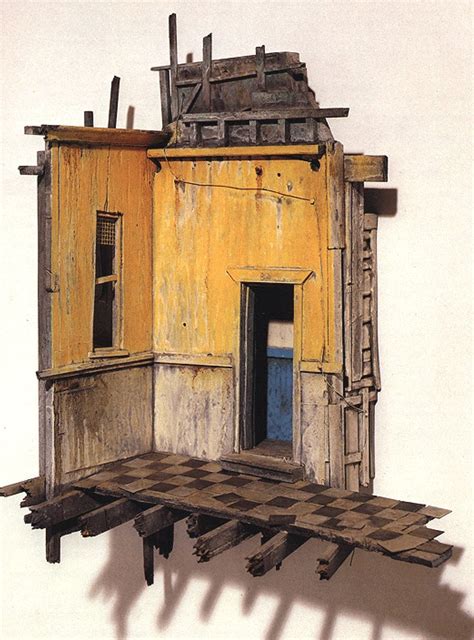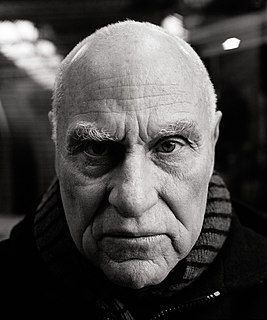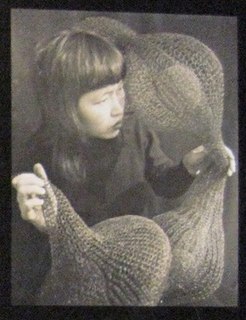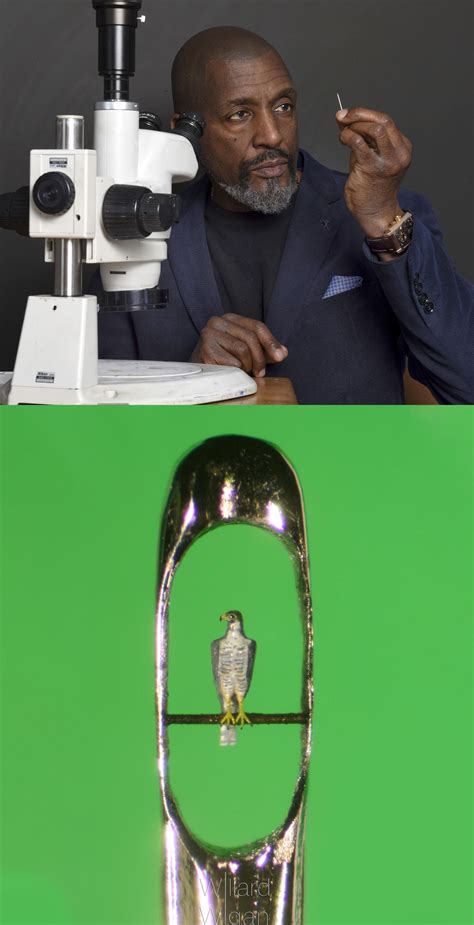A Quote by Jacob Epstein
Early on I saw the plastic quality in colored people and had friends among them; and later was to work from colored models and friends, including Paul Robeson, whose splendid head I worked from in New York. I tried to draw Chinamen in their quarter, but the Chinese did not like being drawn and would immediately disappear when they spotted me.
Related Quotes
Up until then I'd thought that white people and colored people getting along was the big aim, but after that I decided everybody being colorless together was a better plan. I thought of that policeman, Eddie Hazelwurst, saying I'd lowered myself to be in this house of colored women, and for the very life of me I couldn't understand how it had turned out this way, how colored women had become the lowest ones on the totem pole. You only had to look at them to see how special they were, like hidden royalty among us. Eddie Hazelwurst. What a shitbucket.
It is fitting that the Government of the United States should assume the obligation of the establishment and maintenance of a first-class university for the education of colored menand I wish to put in this caveatthat the colored race today, all of them, would be better off if they all had university education.... Of course, the basis of education of the colored people is in the primary schools and in industrial schools.... In those schools must be introduced teachers from such university institutions as this.
Many of the crew members I work with and continue to work with were friends or have become close friends, and so we keep working together. And I like casting friends of mine or people I know in parts I know would be perfect for them. I like to bring things and people that mean something to me in to my work.
I've worked with the Warrens. For about 20 years. I was really good friends with Ed. Ed and Lorraine. We went our separate ways, there were a few differences. In their organization, being that they were from Connecticut, I started the New York City chapter of the organization and handled things in New York. But eventually I was out on my own. But I've been friends with them for a long time.
Where would we be without our friends? Honestly, every friend is so unique and special. I have my friends back in New Zealand; I have my friends in New York and California. Then you have your friends who are your family. Barbara Palvin falls into that category. I have a lot of love for all my friends.
Where would we be without our friends? Honestly, every friend is so unique and special. I have my friends back in New Zealand, I have my friends in New York and California. Then you have your friends who are your family. Barbara Palvin falls into that category. I have a lot of love for all my friends.
The New York book was a visual diary and it was also kind of personal newspaper. I wanted it to look like the news. I didn’t relate to European photography. It was too poetic and anecdotal for me… the kinetic quality of new york, the kids, dirt, madness—I tried to find a photographic style that would come close to it. So I would be grainy and contrasted and black. Id crop, blur, play with the negatives. I didn’t see clean technique being right for New York. I could imagine my pictures lying in the gutter like the New York Daily News.
I engage with New York and America but my parents pretty much hang out in this radius of Long Island where their friends are and where their work is. That's why you have people who have lived in New York for like 20, 30 years who don't speak English. They just live in a Chinese community or an Indian community. More than anywhere you'll find that in Queens.
Back in 1978, when I was still in high school, I went to see a Broadway show, 'Paul Robeson,' starring James Earl Jones. It was all about Robeson's journey as a human being, an artist, a champion of civil rights. Had I not seen the play, I might not have known who Robeson was. I was certainly never taught about him in school.
It's hard for us sophisticates to believe, but the people my parents worked for were good people. They were socialists of the heart. They were Scottish upper class. I don't think they had political theories in the way my lefty friends in New York do but they did all the things that socialists do. My mother was the Jewish cook from Vienna and they would say, "Come and have dinner with us." I spent weekends with them. Who does that? This is Utopia.

